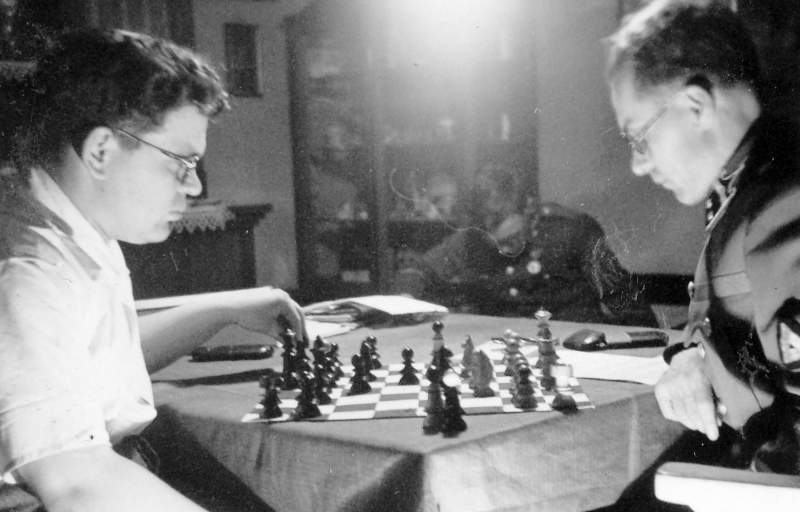
Szekeres [ˈsɛkɛrɛʃ] and Bara [ˈbɒrɒ] are said to have been a pair of army neurologists who have laid down the principles of the movement associated with them in a large tome entitled Everyday Mind Control.
Although there are photos of them circulating in the press, there is no account of anyone ever meeting them - they might as well be the figment of some Co-Operative middle manager's imagination.
Tenets
There are universal principles that govern human beings' conscious and subconscious workings, which, when correctly understood and properly (re-)configured, can provide insights into a person's own mind, and, for the method's advanced practitioners, even into the minds of others.These principles are laid out in the duo's cryptic, vague, and ultimately impenetrable massive magnum opus, which is possibly why no-one really understands them.
Lucky there is a handy 5-step digest that people can (and, for some, must) memorize.
Essentially it's a form of ritualized autosuggestion where you have to listen to some distinctive repetitive clicks while visualizing your body from a point above and slightly behind the top of your head (as though looking down from the top of a pointy hat you're wearing), or imagining an orange hovering at this point.
Benefits
Personal
While someone is in this mildly hypnotized state, it is claimed, they can think more clearly, stay focussed, not get distracted, increase their mental workload, improve their memory and recall, speed read, type at amazing speeds, carry on multiple conversations in parallel, et cetera.Interpersonal
Playing chess while 'in the Sz-B zone' can attune the practitioner to their opponent's brain waves - with enough practice, an accomplished user of the technique can 'see' a few moves ahead. There are chess clubs sprouting up everywhere,and especially schoolchildren are encouraged by state propaganda to take up chess as a hobby and practice with friends and family.
It is said that a truly advanced Sz-B-ista [ˈɛsbeːiʃtɒ] can decouple this limited form of telepathy from the game, and use it at will to read people's minds.
Sound
The repeated clicking sound necessary to the self-hypnosis should come from a custom handheld metal clicker that is in virtually every household now, but of course there's also a licensed app that produces just the right kind of clicks.Anti-Magick
Unbeknownst to the mind-enhancing citizenry, but perhaps not to the Technocratic influencers that designed the method, getting into the semi-hypnotized alpha state generates Paradox around the Sz-B practitioner.Magick is more difficult around people 'in the zone', and the generated Paradox does not affect the mundane person, but willworkers that happen to be around her. This Paradox is quite long-lasting, and can even accumulate in places where there's been a lot of recent Szekeres-Bara activity, essentially rendering some places inaccessible to mages.
Social effects
With the method so popular, whole swaths of the population at any one time are under the influence - some are simply dazed and can be considered drunk and woozy, having only succeeded in making themselves fall half asleep, but some people do report an increased alertness and mental acuity. There are more traffic accidents on the one hand, and more intelligent discussions, walking encyclopedias, and world-class chess players on the other.Some paranoid mages also suggest that self-hypnotized people pop up on the Szövetkezet scanners in real time, pinpointing their location and broadcasting their surface thoughts, and that the whole idea behind the movement was to have a surveillance system spying on a population addicted to autosuggestion.
No comments:
Post a Comment